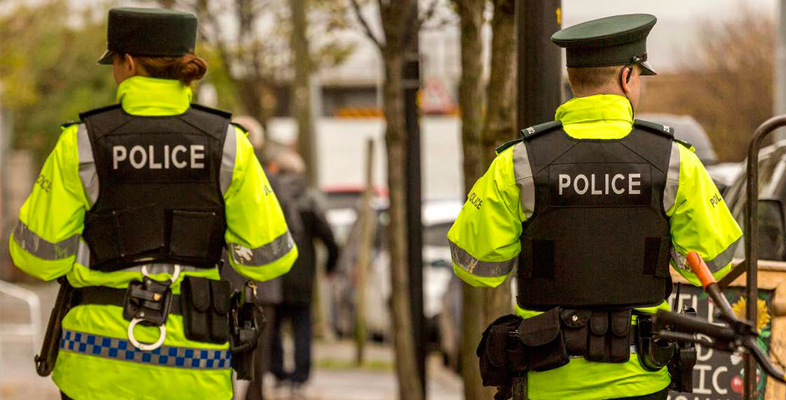2.1 What is a problem?
A ‘problem’ can be understood in many different ways. Problems can be seen as a perceived difference between how things actually are and how they ideally should or could be. You might, for example, have a feeling that:
- Things aren’t right.
- I know that things aren’t right.
- I want to make things better.
- I can tell if the situation gets better or worse.
- I can influence this situation for the better.
On a practical level it can be worth considering two key questions:
- What ‘things’ aren’t right? These could be relationships, as well as objects and people. Where shall I draw the boundary?
- What do I mean by ‘aren’t right’? Could this include decisions that need making, opportunities and possibilities that might be explored, creating something new that hadn’t previously existed, and improving something that’s already ‘right’ (but could be even better)?
So, for our purposes, we can conveniently use the term ‘problem’ as a shorthand to include issues, opportunities, challenges, concerns, and difficulties.
Activity 3 Is this a problem for solving?
I keep six honest serving-men
(They taught me all I knew);
Their names are What and Why and When
And How and Where and Who.
Think of a challenging situation, a difficult decision, an opportunity for change, or some issue that could be considered problematic. Then, use the five-point list in combination with some ‘5Ws and an H’ questions (i.e What? Why? Where? When? Who? How?) to run a quick check on whether this is a problem amenable to an attempt at solving it.
Discussion
For example, you could ask (and briefly answer):
- Who thinks things aren’t right in this situation?
- How do I know that things could be better?
- Why do I (or does someone else) want the situation to change?
- What will show me that matters are improving?
- Where could I make my influence felt in this context?
This activity might start you thinking in a new way about your problem, or confirm what you are already sure of, or suggest that you don’t yet know enough about the issue. Or you might conclude that this issue is too trivial to be a real problem, or too big to tackle – in which case, consider whether it is worth addressing a smaller part of the issue.
